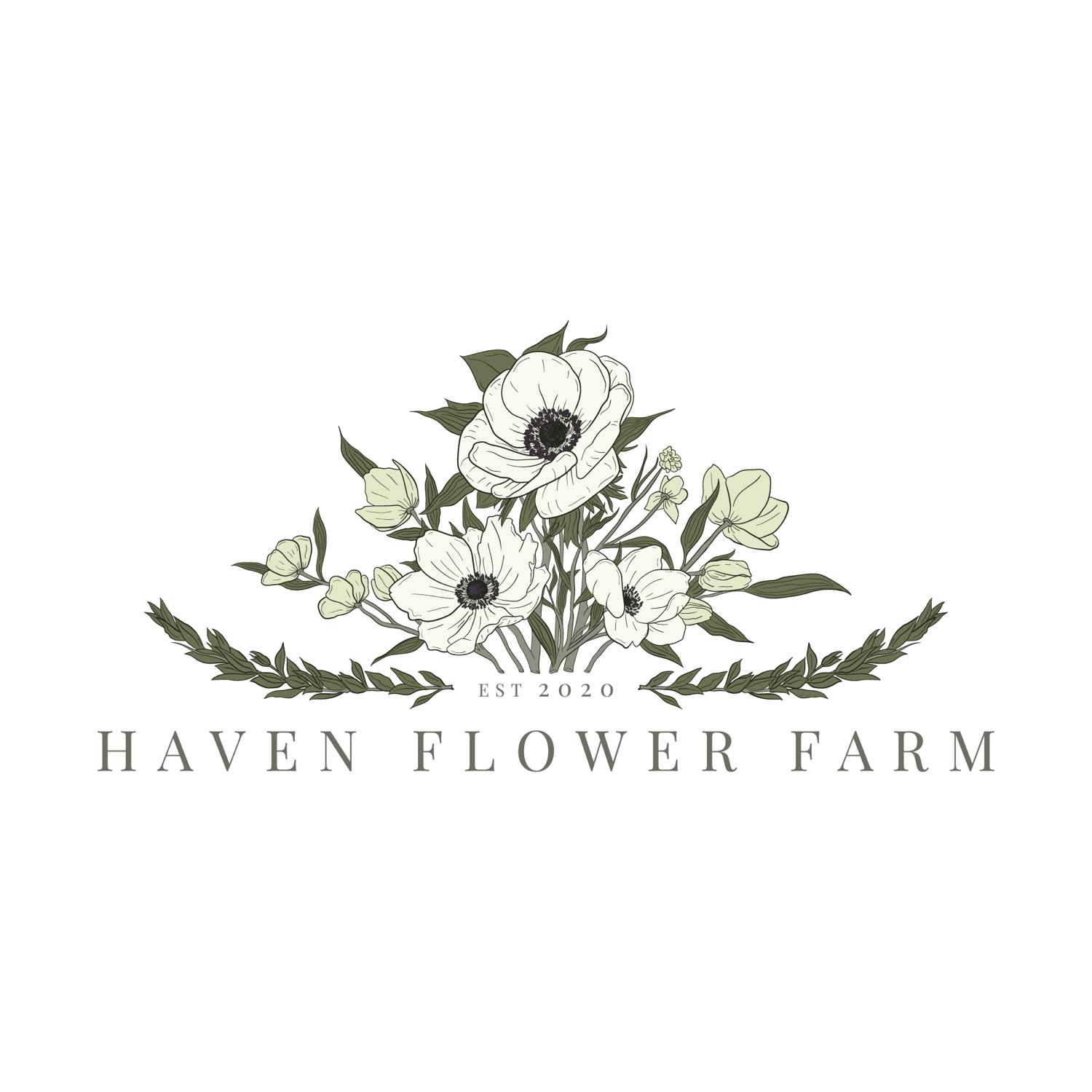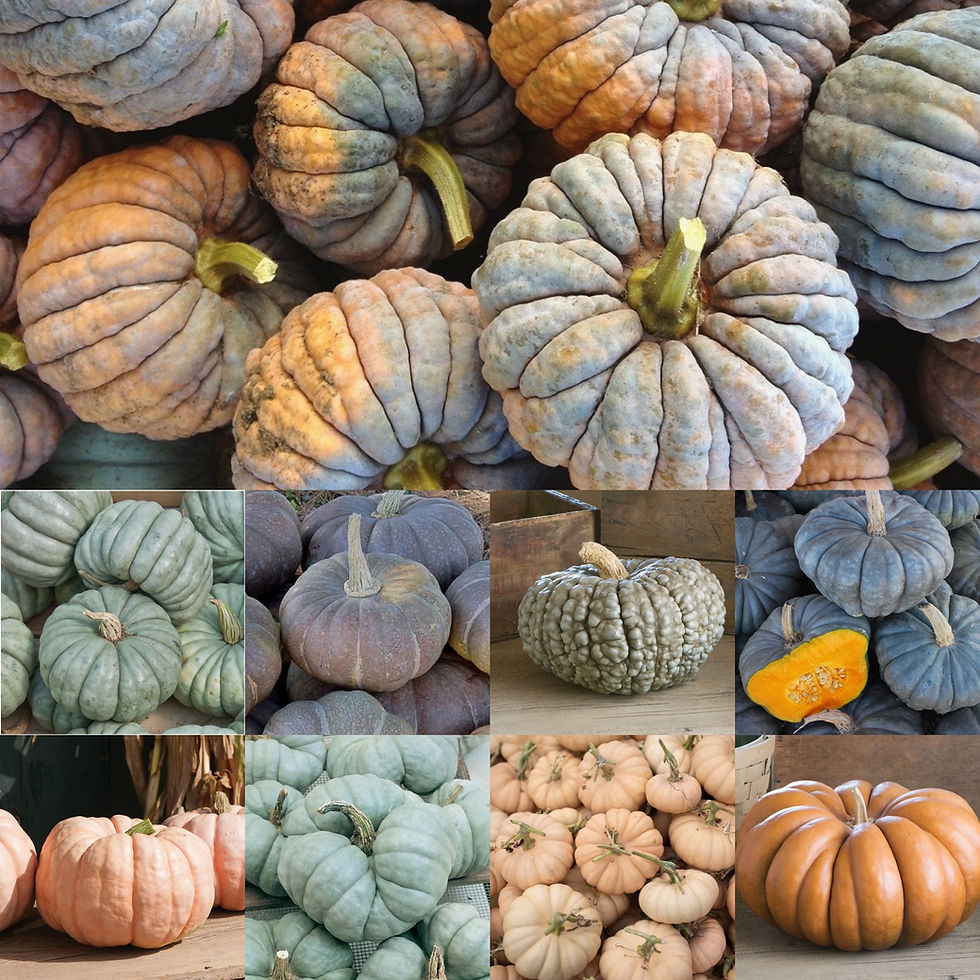How to grow Tulips & Daffodils in Louisiana
- havenflowerfarm

- Oct 24, 2021
- 4 min read
Spring flowering bulbs produce some of the most magical and breathtaking flowers. Growing them here, in Lockport, LA, requires a little extra T.L.C. but trust us, it’s worth it! In colder climates, farmers and gardeners plant their spring bulbs in the fall, before the ground freezes. This ensures that the bulbs have enough of a natural winter cooling period to produce a tall, healthy flower. Here, in South Louisiana, we plant our bulbs in the early winter months, after a manual pre-chilling period (vernalization), to mimic those who experience the natural colder temperatures of winter. These bulbs will show the first signs of color in the early spring which reminds us that a new season of growth has arrived!
Last year, we experimented with pre-chilling and growing 50 spring bulbs. They received proper vernalization and bloomed beautifully. I remember saying, “Gosh, I wish we had hundreds more!” Well, this year we bought thousands more!! Over 6,000 spring bulbs to be more specific! It’s safe to say that we are about to have our fill of spring flowers here on the farm! These aren’t your standard bulbs either. We will be growing double tulips, that are known to mimic peonies, and parrot tulips that come in the most exotic shades of yellows, oranges and fuchsias. When selecting our daffodil color pallet we chose shades of buttercream, lemon, and pastel peach. We also made sure to select some of the most fragrant varieties. If you want to grow a few of these unique varieties head over to our online shop where we will be offering them to you for a limited time!

As I’ve mentioned before, these flowers need a long period, at least 12 weeks, of winter cooling (also known as vernalization) in order to grow properly. Vernalization occurs naturally in cold climates but here at Haven Flower Farm we artificially achieve that by chilling them in our cooler for 12 weeks at 40 degrees F. Here are a few things to keep in mind if you plan on pre-chilling your bulbs:
Make sure to pre-chill your bulbs for at least 12 weeks. You can leave them in there for longer but no less than 12 weeks.
Do not store bulbs in a refrigerator with fruit because fruit emits ethylene gas which will ruin the bulbs. That beverage fridge in your garage will work just fine!
Do not store bulbs in plastic containers in the refrigerator because they require ventilation. A paper, mesh, or canvas bag is best. We store ours in crates due to the large quantities. You can also store them in the drawer of your refrigerator or in an egg carton. Just make sure that you wipe them clean first!
Only take the bulbs out of the refrigerator when you are ready to plant them.
Once the vernalization is complete we plant our tulips and narcissus in late December to early January.
Planting
Spring bulbs look best when planted in clusters because they will create a dramatic visual impact once they bloom! Regardless of your climate, the where’s and how’s are pretty much the same. Make sure that you choose a spot in your yard that has full to partial sun with good drainage. These bulbs are very sensitive to standing water. If they get too much of it they will rot. Locally, most of us have clay soil which holds on to moisture so you’ll want to amend your soil by mixing in some finer substances to ensure that the bulbs won’t rot underground. If you have landscaping that is already built up with nice, loam soil that is the ideal environment for your spring bulbs. Another option is to plant your bulbs into pots (make sure they have holes in the bottom for good drainage) with fresh potting soil, just remember to place your pots in a sunny location and water them a couple of times per week.
We prefer to plant tulips and daffodils via the trench method since we’re planting thousands at a time. We dig into our previously established rows that are about 4’ wide. This provides enough space for us to reach into the middle of the row from the edge to harvest the flowers. We dig down at least two to three times as deep as the bulb itself. (Tulips are 6-8” deep and Narcissus are 4-6” deep). Place the bulbs into your growing location with the pointy side up, close together but not touching. They should look like eggs in a carton. Give your bulbs a nice watering then cover the bulbs back over with the soil that you dug previously. We usually let Mother Nature take over the watering from here because we receive lots of winter rains. Be sure not to overwater!
Harvesting
Since we are a flower farm we treat our spring bulbs as annuals. We harvest our tulips by digging up the entire bulb and cutting the stem where the stem meets the bulb. This gives us a very long flower stem which is best for floral arranging. If you want your tulips to grow again next year, you will need to leave at least two sets of leaves on the stem. Since tulips require a vernalization period we do not recommend this for our area. They may end up sprouting green leaves but without proper cooling they won’t produce flowers.
Before harvesting blooms you may want to consider wearing gloves because they emit a sap that can irritate your skin. When harvesting, look for the blooms that haven’t fully opened yet. This will ensure the longs vase life of the flower. You’ll want to cut the stems at their base, closest to the soil. Pop them into fresh water and enjoy! Narcissus are known to multiply in years to come but remember that these beauties also require vernalization. We have not experimented with leaving them in the ground so we can’t provide much advice on this method.

























Comments